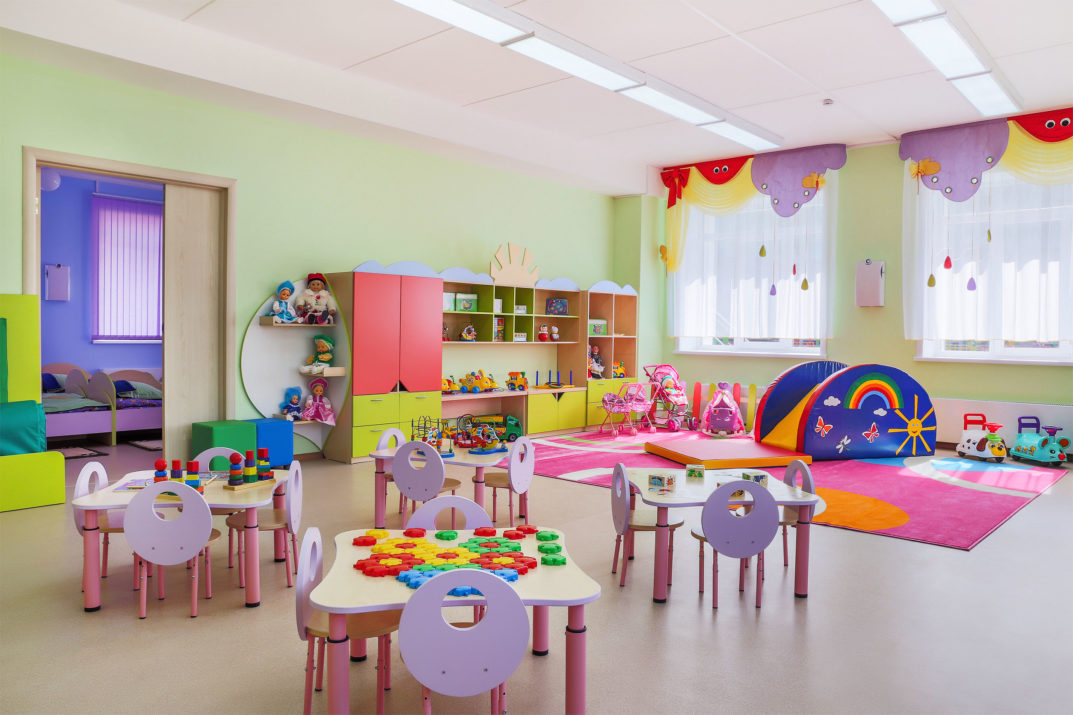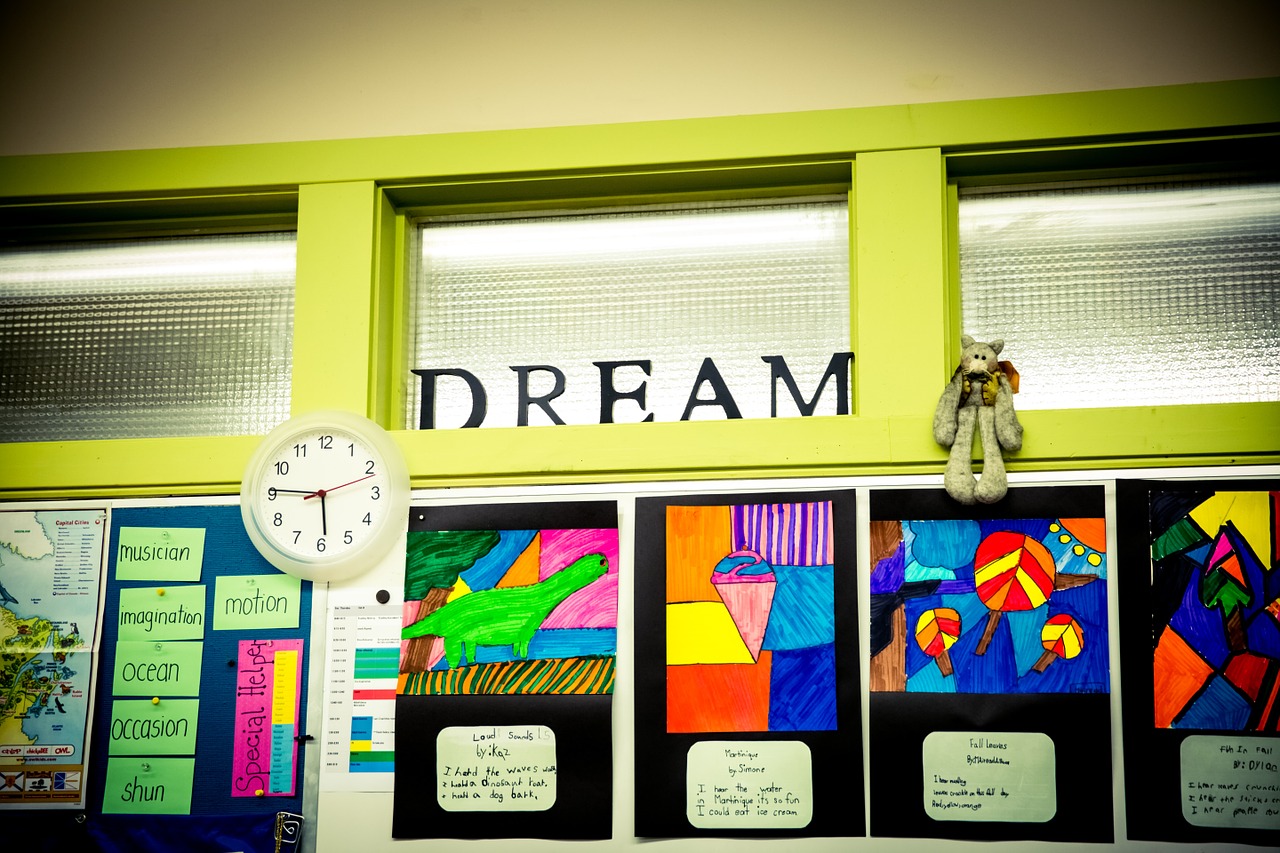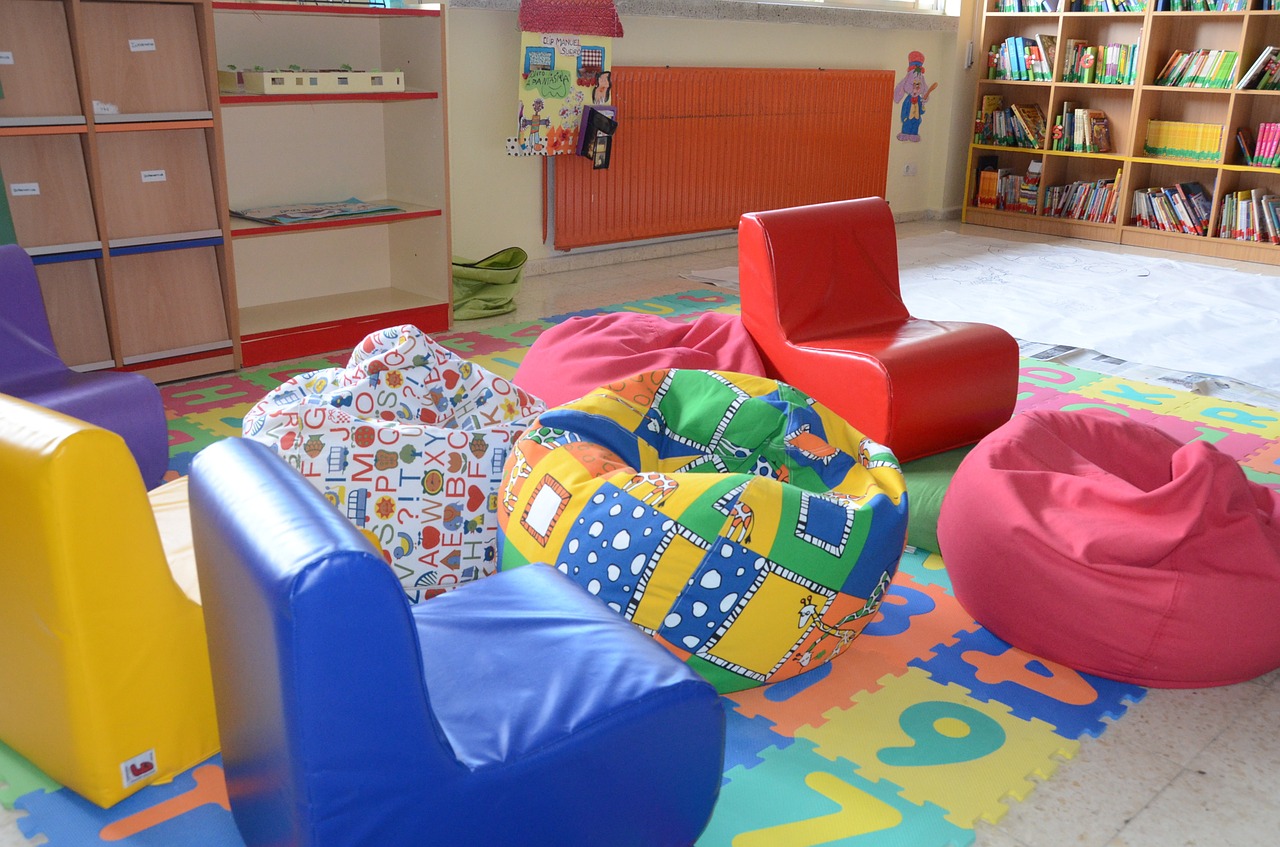
There’s no doubt that learning environments play an important role in student success. That’s why it’s so important that teachers know how to create flexible classroom layouts, giving students a voice and even a daily choice in terms of their own learning.
Flexible learning environments can inspire students and keep them motivated. We look at why this is and how to adopt this model into your own classroom.
Creating Flexible Teaching and Learning Spaces
To create a successful learning environment, there are many factors to first consider. First and foremost, the needs of both learning and teaching must be balanced, according to intelligent learning space provider Envoplan. This ensures that both teachers and students achieve the most fruitful experience possible from the classroom space.
Next, the balance needs to extend between learners. One of the many benefit of flexible learning environments is that they allow space to test and optimize learning for each child or set of children. A successful learning environment can differ between groups of students, so a space designed to be flexible allows teachers to cater to these strengths as needed. Cristel Hutchinson at furniture manufacturer Haskell, says teachers can take a note from the design industry to test out what works for each group of students.
Since designers always test out prototypes and gather feedback from users before reaching the ideal design, teachers might consider testing out new layouts and asking students how they feel. In turn, this can make students feel more involved in their own learning, which can make them feel more connected to their personal success.
If you’re interested in flexible learning environments but aren’t sure where to start, an article by furniture design company Smith System lists its benefits and offers a few ideas for tackling the challenge. In the article, educator Kelly Almer stresses that it takes time and patience to adopt a more flexible room. It won’t always work the first time, and it will require strategy and testing. However, being patient and prioritizing functionality can ensure that the switch is both fruitful and sustainable.

Increasing Student Choice
Flexible learning environments are becoming a priority in schools because they enable teachers to create unique environments that emphasize student choice. As explained by the office interiors provider Connecting Elements, flexible furniture gives students more autonomy regarding where and how they learn. As a result, this empowers them to feel more in control of their education, which may improve focus and productivity.
Justin Raudys at Prodigy agrees that flexible seating is an important way to expand student choice. He cites a teacher who uses bean bag chairs in a classroom with a large number of high needs students. The teacher says that providing seating choice allows mutual respect and trust to build between teachers and students, which are two key factors for improving learning outcomes.
In contrast, rigid classroom environments that don’t change can actually have a negative impact on student learning outcomes, according to Clear Touch Interactive. Being stuck in a stagnant space that doesn’t change visually or physically can cause one’s mindset to also become stuck in the same thought patterns, making it harder to think outside the box.
Adaptable Work Spaces
Creating a more flexible classroom starts with using adaptable student desks and chairs. Mobile work spaces provide opportunities for individualization, which Learning Transformed authors Eric Sheninger and Thomas C. Murray say allow students to create a learning environment that bests suits their learning style.
Educational writer Bella Abdurachmanov at The Learning Mind agrees that moveable desks and chairs let students design their own workspaces, depending on what they require that day. If a student wants a more quiet space one day, for example, there could be options in the classroom for sitting solo. On the other hand, there might also be options for sitting in a group.
Richard Kahlenberg, a senior fellow at The Century Foundation, adds that the latter is especially important, as it enables students to engage in equal discussions. Having desks that can be easily moved into a circle, for example, can promote fruitful collaboration amongst students.
This also reflects a growing shift away from the traditional classroom model, where the teacher lectures at the front of the room. Creating opportunities for students and their teacher to work collaboratively helps decrease power dynamics and place more focus on student ideas.

Examples of Creative Desks and Seating
To see what adaptable desks and chairs in a classroom might look like, consider this roundup of classroom layout ideas by the Plato to Playdough blog. Here, founder Malia Hollowell showcases a wide variety of real-world flexible classroom environments.
One desk layout uses soft yoga balls instead of chairs, which can create a more dynamic seat for younger kids and keep them focused. Another idea is to add a working area with foldable beach chairs, which can change things up and keep learning fun.
A reading spot with a special feature could make learning even more exciting for younger students. The Simplified Classroom blog showcases a canvas teepee in one classroom. Sitting in the teepee to read is a privilege that can be earned after successful completion of chores, like putting things away and cleaning. So in addition to being a playful and creative classroom workspace that inspires creativity, the rules around using the teepee also teach responsibility and independence.
Edutopia executive producer Stephen Merrill highlights another teacher who uses flexible seating as a way to teach responsibility. In that classroom, there are multiple styles of chairs and seating, including high-top tables and a sofa. By setting expectations for how each workspace is to be used, students learn to sit in a place they can experience most success for the task at hand.
Comfortable, Welcoming Environments
A flexible, student-centered learning environment is one that feels comfortable and welcoming. The Room 241 team at Concordia University Portland points out that students can’t learn well when they feel uncomfortable.
That’s why it’s so important to emphasize creature comforts in the classroom and make it a safe place in which to relax, share and learn. Keeping the classroom clean is a simple way to make students feel at ease, as messes and clutter can cause anxiety that deters student learning outcomes. Plus, clean classrooms emphasize flexibility because it’s easier to move furniture and adapt to learning needs at a moment’s notice when you don’t have to clear clutter out of the way.
Another way to make classrooms more comfortable for students is to adorn walls with colorful stimulation and complexity. E-learning provider SweetRush points out that these two factors are key in enhancing the learning experience for students. Hanging art on the wall is an easy way to achieve both of these marks.
Creating a large bulletin board or other presentation space for hanging art can keep student work organized. The art can be changed on a monthly basis to keep things fresh for both teachers and students.
Blogger and kindergarten teacher Greg Smedley-Warren gives an example of how to organize a student work wall. He uses colorful, vinyl mustaches with clothespins, placed neatly in rows on the entryway wall into his classroom. Seeing their work displayed as they enter makes students feel excited and proud and can set a positive tone for the rest of the day.
Images by: kot63/©123RF Stock Photo, LaterJay Photography, Norberto Blanco


What do you think?